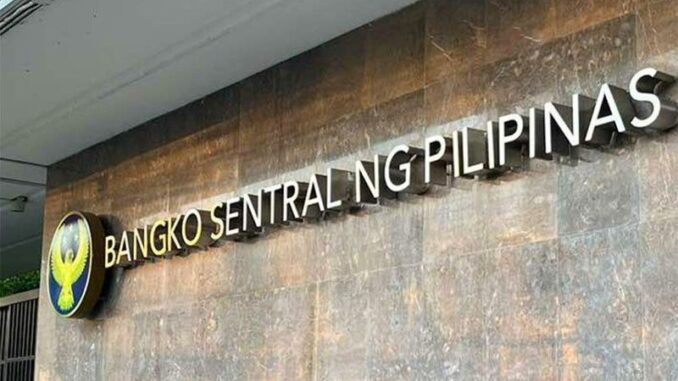
MANILA, Philippines — Following the lower-than-expected August inflation, the Bangko Sentral ng Pilipinas (BSP) said it would take a measured approach to ensure the country’s price stability.
In a statement, the BSP said the balance of risks to inflation remains toward the downside for 2024 and 2025, with a slight tilt to the upside for 2026.
“Going forward, the Monetary Board will continue to take a measured approach in ensuring price stability conducive to balanced and sustainable growth of the economy and employment,” the BSP said.
Based on data from the Philippine Statistics Authority, headline inflation dropped to a seven-month low in August, slowing to 3.3 percent from 4.4 percent in July and 5.3 percent a year ago.
August also ended six consecutive months of acceleration and settled within the BSP’s two to four percent target for the year. From January to August, inflation averaged 3.6 percent.
According to the BSP, inflation in August was consistent with the central bank’s latest assessment that inflation would return to the two to four percent target range last month after temporarily picking up in July.
It was also near the lower end of the BSP’s month-ahead inflation forecast range of 3.2 to four percent for August.
In the coming months, the implementation of lower tariffs for rice imports would help support easing inflation, the BSP said.
However, upside risks could still stem from higher power rates and other external factors.
At its policy meeting last month, the Monetary Board cut the key interest rate by 25 basis points to 6.25 percent from an over 17-year high of 6.5 percent previously.
It was the central bank’s first rate reduction in nearly four years.
Before the cut, the BSP kept its policy unchanged for six consecutive meetings since November 2023. From May 2022 to October 2023, the central bank increased rates by a total of 450 basis points to quell inflation.
The BSP will have two more policy reviews this year on Oct. 17 and Dec. 19.


Be the first to comment